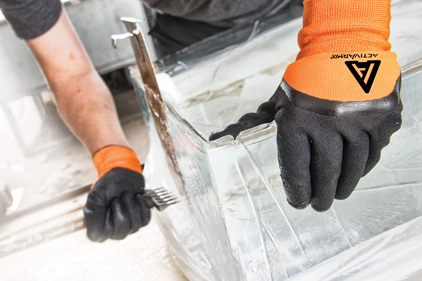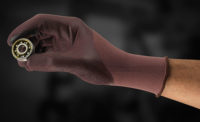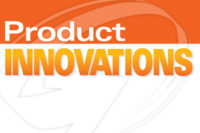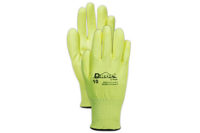Not always. Anyone can become desensitized to colors seen day after day. And in certain low-light conditions, especially just before dawn and after dusk, this issue is extremely common, putting workers at even greater risk.
| JUMP TO |
Though intended to differentiate individuals from their environment, brightly colored personal protective equipment (PPE) can become part of the worker’s normal environment. As a result, it fails to fulfill its protective purpose over time. Additionally, while high-visibility clothing is a standard requirement in many industries, high-visibility gloves are not. And because a mandate doesn’t exist, workers responsible for repetitive tasks in hazardous environments can incur serious injuries.
What measures can be taken to avoid unnecessary risks for workers in the most hazardous environments? The best solution may be to require workers to wear “active visibility” PPE or apparel specifically engineered to make them more noticeable to those around them. Not only can this innovative type of high-visibility apparel prevent accidents among workers but active visibility hand protection can increase awareness of hand positioning, making tasks in manufacturing, aerospace, oil and gas and many other high risk or low light environments significantly safer.
Active visibility PPE
The newest innovations in high-visibility apparel incorporate retro-reflective materials that reflect light back to the source when it strikes at various angles. When this material is engineered into gloves, it emits a bright glow, significantly boosting visibility in low light and poor weather conditions.
For example, airport employees not only work shifts during the high risk hours of dusk and dawn, they often toil in adverse weather conditions, making high-visibility PPE critical to keeping them safe.
Visibility & compliance
Expanded use of retro-reflective technology and high-visibility coatings is leading to increased interest in active visibility PPE far beyond brightly colored vests on the side of a highway and hardhats on construction sites. As the speed of industry continues to accelerate to meet productivity demands, active visibility products are used to prevent injury to workers laboring at a faster pace and in challenging conditions.
Work gloves manufactured with retro-reflective yarns and high-visibility coatings can help workers observe their hand position and can reduce injuries resulting from exposure to high speed equipment. Some work gloves are manufactured with active visibility materials on the back of the hand, making workers conscious of hand placement when working with machinery. For example, employees in machine shops often work under fluorescent lighting that is insufficient for them to see their own hands. As a result, they may place their fingers or hands in danger zones near moving equipment, often resulting in serious injury.
Active visibility work gloves also encourage compliance. A foreman conducting a department walk-through can confirm workers are wearing their hand protection when the product’s absence is immediately apparent.
Performance beyond visibility
Because some gloves offer little dexterity, workers often remove their hand protection to perform detailed tasks, putting them at significant risk for lacerations.
In the past, high-visibility PPE was rigid and uncomfortable due to stitching around the retro-reflective tape. New innovations, however, are making that issue a thing of the past. A new technique to heat stamp retro-reflective materials directly onto gloves ensures greater flexibility, comfort and compliance. Breathable fabrics and ergonomically designed gloves that follow the natural contours of the hands also improve comfort.
Products incorporating new high-visibility technologies should be tested to confirm they perform as expected in real-life situations. Mark Porter, a construction foreman, directed dump trucks at construction sites and needed to be visible at all times. He also worked on pipe under the street, which placed him in low light conditions. Porter previously wore work gloves that protected his hands from job-related hazards, but failed to make him visible on job sites. After wearing gloves that incorporated active visibility characteristics, Porter observed, “Day or night you can see me. That could save my life.”
Comfort, performance, protection
Worker comfort, performance and protection must be top priorities when selecting high-visibility work gloves or any type of protection. In the absence of an ANSI/ISEA standard to assist with selecting high visibility hand protection, safety personnel should consult professionals who can conduct a PPE assessment.






